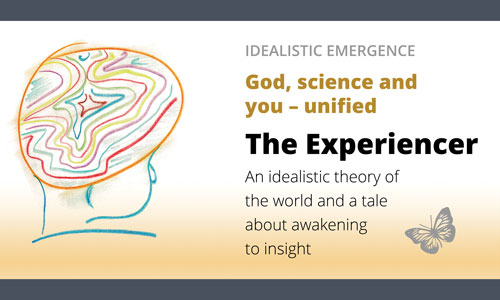15.7. Necessity
Time, distance and change are everywhere; therefore, motion is everywhere.
Distances and time combined are interpreted as motion, but is motion necessary?
Could not the phenomenon of motion exist only as something abstract, something theoretically possible, while the points as such are perceived to stand still?
Why does movement have to happen?
At least two answers are conceivable.
The first lies in the function of the Experiencer.
When the concept of «motion» emerges, it simultaneously comes with a quale, a necessary feel of the movement. And when the Experiencer observes spacetime everywhere, it also observes motion everywhere.
The second answer is again change, energy – the first thing the Experiencer learned and the only thing it thus has to repeat in all subsequent contexts.
Non-change is impossible; the world rests on the concept and experience of change.
If change no longer happens, all further development stops, nothing new is conceptualised or experienced. No world.
Physics, by the way, agrees. Without energy, nothing happens.
How fast are the movements? Do they happen along straight lines? Along curves? If so, why? How?
Let us take a closer look at that because motion is crucial in the sequel. Movements happen continuously everywhere, but how fast are they?
